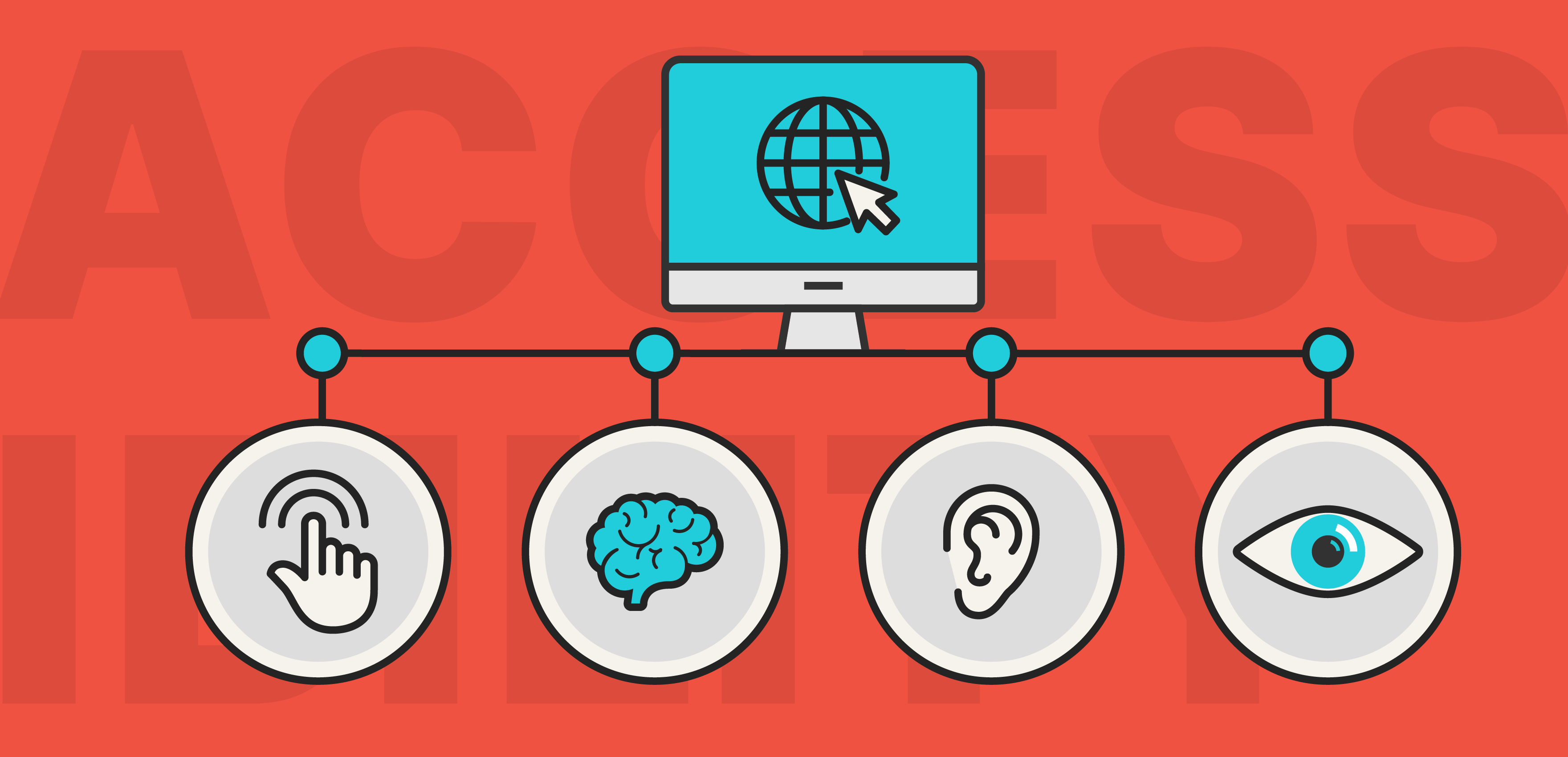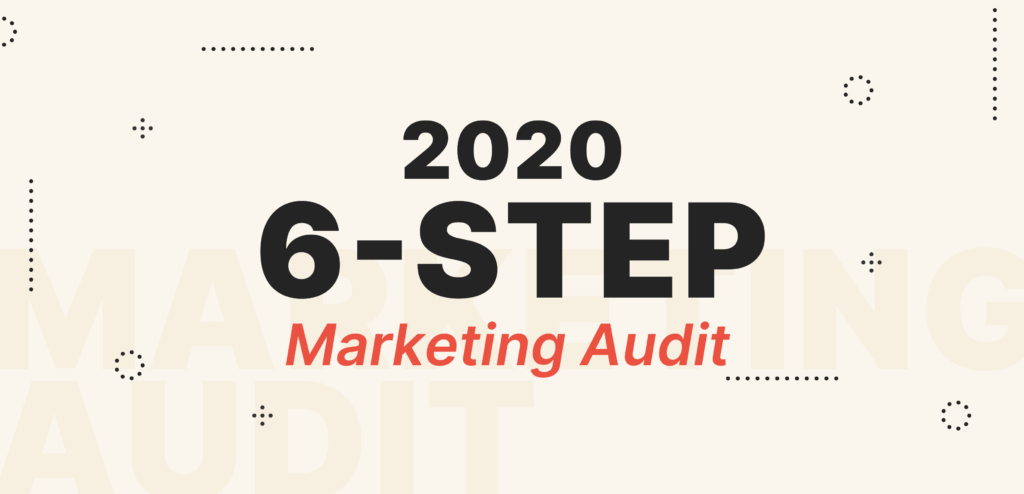In an effort to make the web more accessible for persons with disabilities, we here at Brew Agency are making web accessibility a priority.
First, let’s start by defining what web accessibility is. Web accessibility is a way of designing and developing your website so that it can be properly accessed and used by all people, especially individuals with disabilities. The 4 major disability categories are:
- Visually Impaired (blindness, low-vision, color-blind)
- Hearing Impaired (deafness, hard of hearing)
- Lack of Motor skills (inability to use the mouse, limited motor control, limited motor response time)
- Cognitive (learning disabilities, distractibility, inability to focus on large amounts of information)
Each of these people should be able to interact with your website in the same ways as abled people.
First and foremost, focusing on creating a website that is accessible leads to building a better site in general because it can be used by everyone. Furthermore, if you are an educational institution, financial service provider or government entity, it is the law that your website be accessible under the Americans with Disabilities Act (ADA).
But as technology evolves and the use of the web becomes more ubiquitous in our daily lives, the laws regarding ADA compliance have also changed. It has been required for some time through the Americans with Disabilities Act that public places (businesses, stores, airports, etc.) be made more accessible to people with disabilities.
Now that we live in an age in which businesses exist solely online without a brick and mortar location, can they also be considered a “place of public accommodation?” And are they subject to the same accessibility requirements?
The answer is “Yes.” While there have been a number of court cases involving this very issue, it is possible for a business that exists online to be sued for discrimination and/or violation of the ADA if their website is not accessible and available to be used by people with disabilities the same as it would be for those who are not disabled. One such case has recently reached the supreme court.
How do I make my website web accessible?
Without going deep into the HTML/back-end laundry list of adjustments you could make, here are some easy tips you can apply on your own:
- Avoid link titles like “Click Here Now!” Screen readers have been trained to use caution and avoid that type of link to prevent adware/malware situations.
- Provide closed captioning options on all videos for the hearing impaired.
- Make sure your buttons and menus are large enough to allow those who have trouble using a mouse, or individuals who use a mouth-stick stylus, to access everything on your site with relative ease.
These simple considerations can go a long way in making your site enjoyable to all who wish to visit it. If you have any questions about ADA compliance or making your website ADA compliant, contact us.



